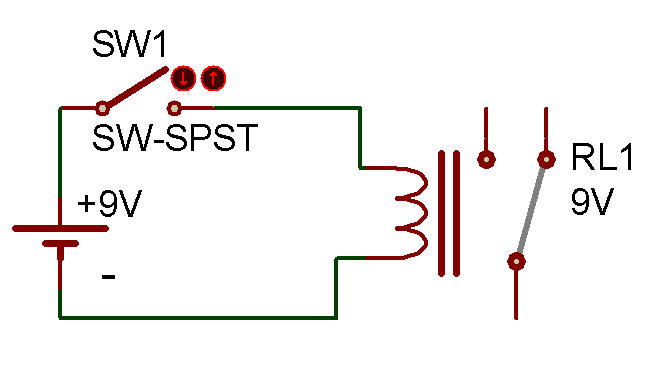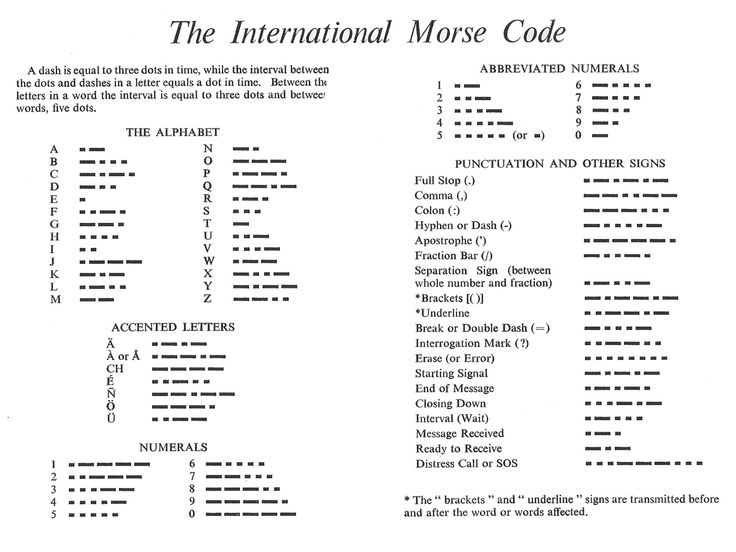
Telegraph receiver

The purpose of this project is the study of the basic operation of the relay and to demonstrate how the old type of code receiver working.
This relay is very small and covered with a sound-absorbing cover, but you can see the idea. Using just two son, you can apply a voltage to energize the relay and hear the 'click' it emits, and when the voltage is removed, the relay falls rest with another 'click'.
This 'click', 'click' can be arranged into a telegraph code and could be used to convey a message. Can you imagine learning this language?
The code used to transmit messages to ciicks and clacks is called Morse code.

Some operators became so skilled that it was almost a new language for them. This method has been largely replaced by telephones and teletype systems today.
The relay used here has a resistance of 500 ohms, and requires a minimum of about 6 mA (milliamps) to attract the pallet (the moving part). This means that the required minimum voltage is 0.5 X 6 = 3 volts. A new set of "AA" batteries-cold should be just able to excite the relay. Try it.
It would not be unusual if the relay does not succeed completely to take the pallet to the tension. If yours does, you're lucky to have a little more sensitive relay.
Now place the batteries for 6 volts. You can connect a 3 volts and a 9 volts to 6 volts! (Have you deciphered this? By connecting the batteries in series to oppose the results gives 9-3 = 6 volts).

This should definitely excite the relay. Try a 100 ohm resistor in series with the relay. He _________ (can? Can not?) Attract the palette. Usually he can.
Now try the 9-volt battery. A 470 ohm resistor in series should still allow operation of the relay, but a 1K should not. Insert a 1K resistor in series with the relay and momentarily short the 1K resistor with a piece of wire. The relay should operate and remain excited with resistance of 1 K in the circuit. The reason for this is that more current to drive (typically 6-9 mA) than to keep it energized (typically 1 to 3 mA). The reason for this is that the magnetic gap is much smaller when the relay is energized.
